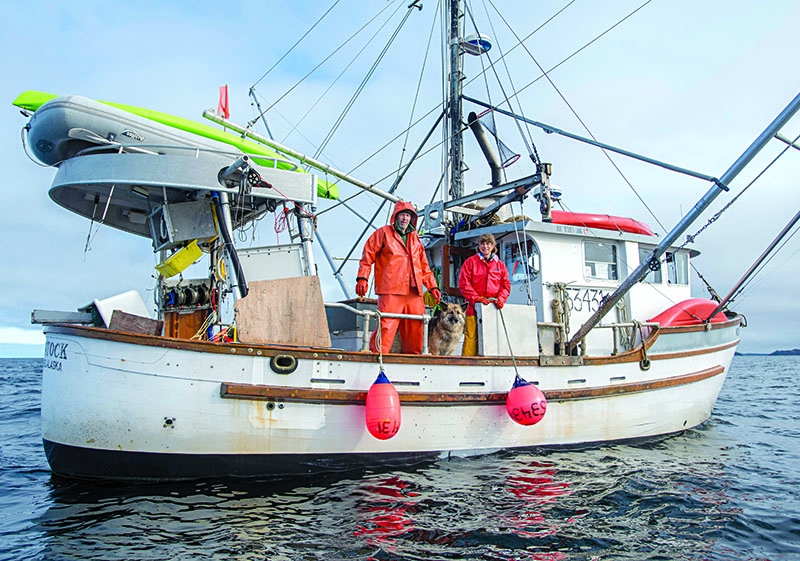Though some feared the season would be waylaid with setbacks tied to the new Trump administration, Alaska’s halibut and blackcod fleet got off to a start at its normal date on March 11. President Trump imposed a hold on all pending federal regulations until staff review, which threatened the prescribed opening date for the IFQ longline fisheries and start of new regulations that would allow pot fishing for blackcod in Southeast and the Gulf of Alaska.
“The season started on time, but it was a bit of a rush,” says Bob Alverson, manager of the Seattle-based Fishing Vessel Owners Association and the commissioner of the International Pacific Halibut Commission. Instead, long stretches of bad weather in March and April put a crimp on the flow of product to market; then markets saw an onslaught of volume when the weather calmed.
As of May 3, the fleet had landed 3.85 million pounds of halibut of this year’s IFQ allocation of 18.3 million pounds. Though the allocation for 2017 is up slightly from last year, Alverson says he doesn’t see higher quotas in the near future. “I think we’re in a treading mode,” says Alverson. “I don’t see any big increases or decreases in the upcoming years.”
Blackcod may be a different story. This year’s IFQ allocations have been set at 22.6 million pounds, up from 20.35 million pounds in 2016. Alverson notes that a strong year class of 3-year-old fish has begun recruiting into the fishery, and that another strong class was spawned last year.
Ex-vessel prices for halibut and blackcod were holding strong as the season ensued. Processors’ dockside offers for halibut in May stood at $6.40 per pound for fish up to 20 pounds, $6.65 for fish 20 to 40 pounds, and $6.90 for fish 40 pounds and up. Blackcod deliveries, meanwhile, stood at $5.25 for fish 2 to 3 pounds, $6.45 for fish 3 to 4 pounds, $7.45 for 4 to 5 pounds, $8.45 for fish 5 to 7 pounds, and $9.50 for blackcod 7 pounds and up.







